Piston Slap: TSX Brake Upgrade for the Eighth-generation Civic?

Yaw A writes:
Sajeev,
Second time caller, long time fan. I have a 2009 Civic EX five-speed sedan I bought about 18 months ago and am hoping to drive into dust. I bought it instead of the Si because the EX gets slightly better gas mileage, uses regular gas instead of premium, and isn’t as … extreme?
Yet, naturally, I threw all the EX’s comfort out the window and let my inner ricer take over.
I installed a cold air intake, and have coilovers on the way. The car just turned over 100,000 miles, so I’m filing all the parts upgrades under “maintenance.” A vibration has cropped up in my front brakes, so I’m looking to perform some “maintenance” on them as well.
It seems brake options are endless with the Civic, and I’m not quite sure how far to take it. My Civic’s engine is basically stock, which means ~160 horsepower, and I run decent, stock-sized Continental ExtremeContact DWS06 tires. Honda brake brackets are all interchangeable for the most part, so I can get nice brakes for cheap. There are people running new RL brakes on their little Civics. It’s nuts!
Should I stick with the stock components and just get better pads and rotors? Or would it be worth doing an OEM upgrade to TSX/Legend GS front brakes with bigger rotors and calipers? From what I understand, my Civic has self-calibrating electronic brake distribution, so the brake balance and ABS should retain functionality.
I might do 1-2 HPDEs per year, but the bulk of this car’s miles will be to and from work (admittedly, sometimes on back roads).
P.S.- Where the Vellum Venoms at? I am feeling like auto design has taken a huge step back for a lot of brands this go round. Audi and Hyundai are in design paralysis and Toyota/Lexus is doubling down on ugly. What are your thoughts?
Sajeev answers:
I’m down with getting a non-Si, stick-shifted Civic. I considered it until I decided a modest, five-speed compact truck was almost as fun but better for my needs. So I understand.
However, you don’t need to go bonkers with brake upgrades. Changing to a more aggressive pad (stock rotors, no cross drilled vanity nonsense please) is perfect for the street. Then again, I love swapping brake bits from other models from the same brand.
My Fox-body Cougar received the ultimate Ford four-lug upgrade back in the day: Mustang 11-inch front rotors, Lincoln Continental 73mm front calipers (overrated), and rear discs from a Thunderbird Turbo. Today, I’d get far more for less money, using parts based on the now-dirt-cheap SN-95 Mustang Cobras.
This thread discusses an upgrade that jibes with my habits, especially since it works with factory-sized wheels, possibly with non-Si wheels as previously discussed. The TSX calipers are about $40 each online, rotors $20 each, and installation looks like a piece of cake!
I suggest you do the TSX brake upgrade and consider track-friendly pads. With that, you’ll be set!
To your Venom Vellom query: I am continually dismayed with every automaker’s styling direction. You don’t want to be with me while I’m stuck in traffic on I-10, son. The biggest problem is the ever rising firewall/cowl for pedestrian safety, making everything below it taller, everything above shorter. A lower cowl would let the body side achieve sleekness while doing nothing, not to mention make for a front fascia with less frontal area and more taper for (probably) better aero. Don’t get me wrong, I saw a classmate fly over the bullet-shaped nose of a Chevy Beretta back in high school. Perhaps he’s lucky his head didn’t slam on the hood and against the 3.1-liter V6’s intake manifold. There is no right answer.
But tall cowls force designers to do something — anything — to keep the sides interesting.
That said, on Saturday I attended a manufacturer’s “ride and drive” experience (i.e. open to the public) and I took your question to heart. I will Vellum Venom this little beauty soon.
[Image: Honda, © 2016 Sajeev Mehta/The Truth About Cars]

More by Sajeev Mehta
Latest Car Reviews
Read moreLatest Product Reviews
Read moreRecent Comments
- Yuda I'd love to see what Hennessy does with this one GAWD
- Lorenzo I just noticed the 1954 Ford Customline V8 has the same exterior dimensions, but better legroom, shoulder room, hip room, a V8 engine, and a trunk lid. It sold, with Fordomatic, for $21,500, inflation adjusted.
- Lorenzo They won't be sold just in Beverly Hills - there's a Nieman-Marcus in nearly every big city. When they're finally junked, the transfer case will be first to be salvaged, since it'll be unused.
- Ltcmgm78 Just what we need to do: add more EVs that require a charging station! We own a Volt. We charge at home. We bought the Volt off-lease. We're retired and can do all our daily errands without burning any gasoline. For us this works, but we no longer have a work commute.
- Michael S6 Given the choice between the Hornet R/T and the Alfa, I'd pick an Uber.
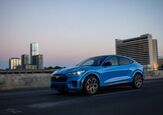
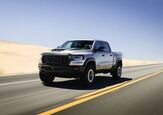
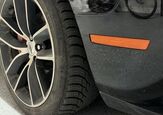

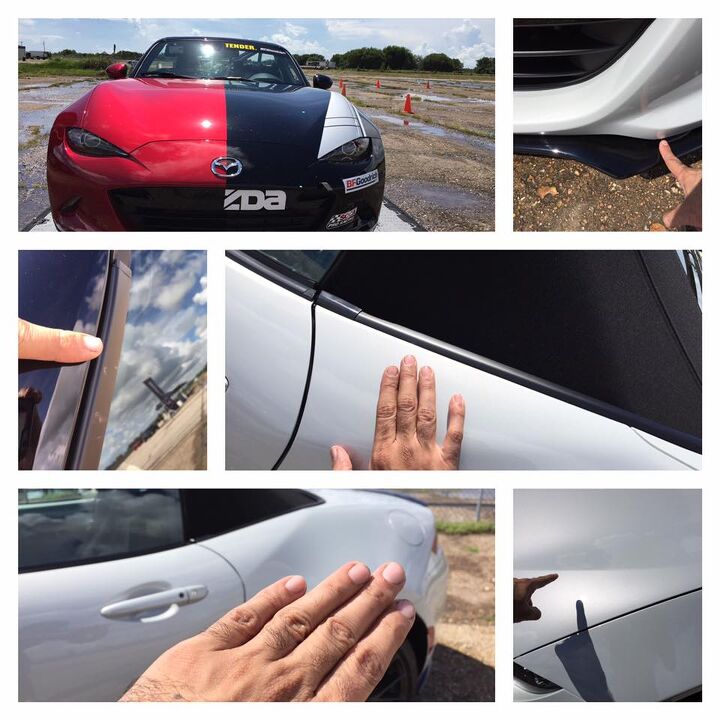












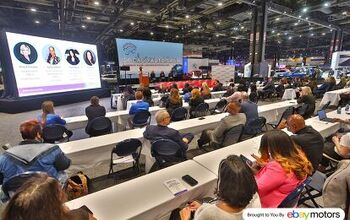
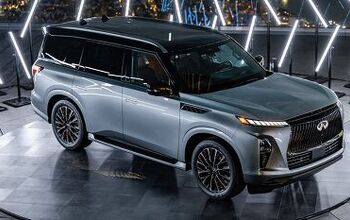
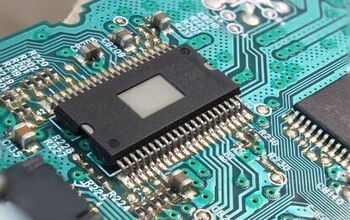

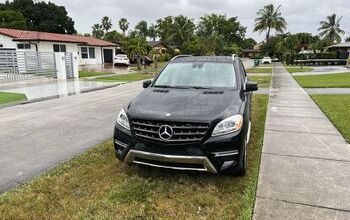
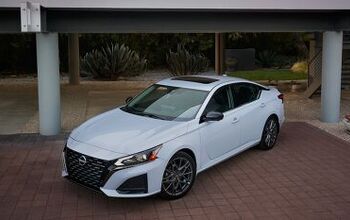
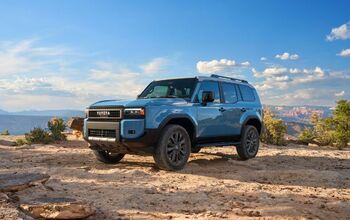
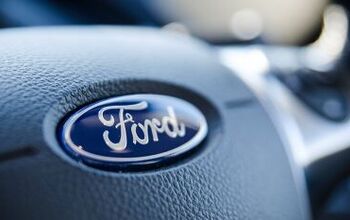
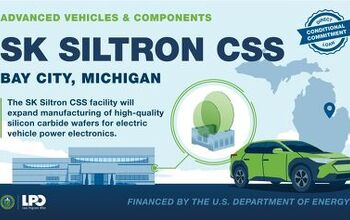

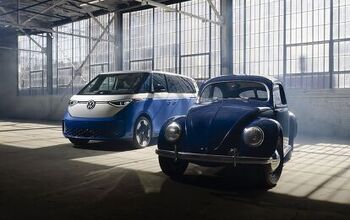
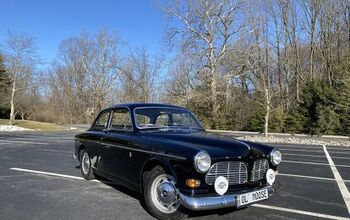
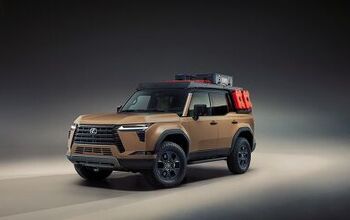
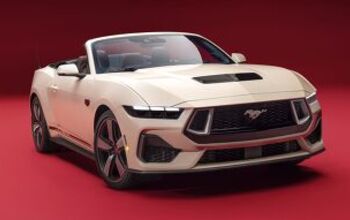
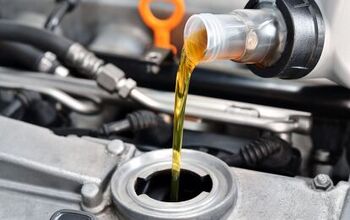
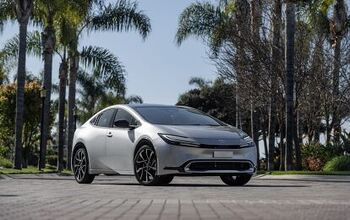
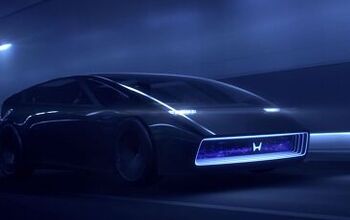
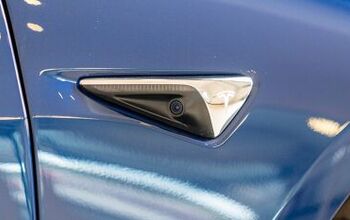
Comments
Join the conversation
Honda is notorious for undersized brakes. However, that really only applies to track use... For the street, stick with stock. They are lighter and cheaper. Even 1 or 2 track days would be fine, just make sure you have fresh fluid and newish pads before that.
Before upgrading the calipers, especially if considering a big brake kit, I suggest reading this. It could reduce your braking performance instead of increasing it. http://www.scirocco.org/faq/brakes/pulpfriction/pfpage1.html